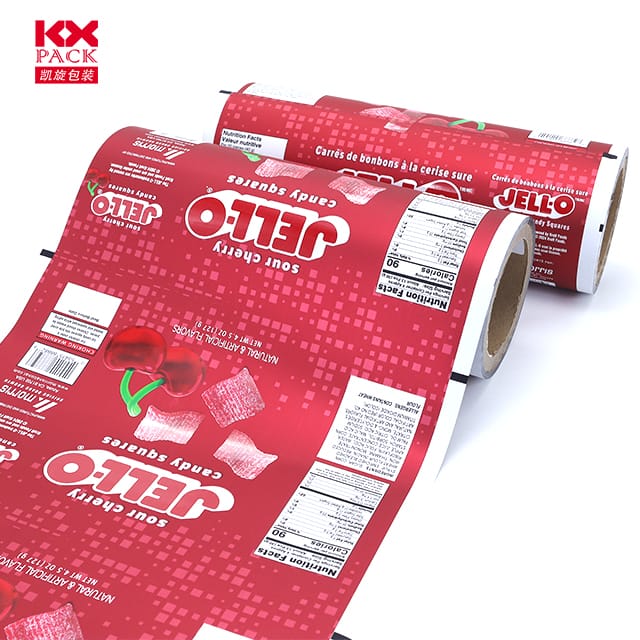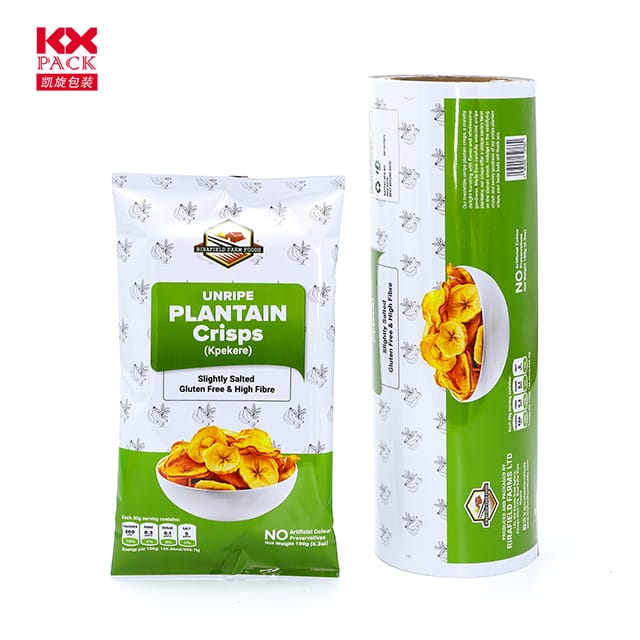Elastīga plastmasas plēvju iepakojuma evolūcija un ietekme mūsdienu nozarēs
Elastīgs plastmasas plēvju iepakojums
Pēdējos gados, Elastīgs plastmasas plēvju iepakojums ir parādījies kā mūsdienu iepakojuma risinājumu stūrakmens, Revolūcijas nozares no pārtikas un dzērieniem līdz zālēm un patēriņa precēm. Tā viegls, daudzpusīgs, un rentabla daba ir padarījusi to neaizstājamu, Bet tā pieaugošā izplatība rada arī kritiskus jautājumus par ilgtspējību un atbildību par vidi. Let’s explore the rise of flexible plastic film packaging, its benefits, izaicinājumi, and the innovations shaping its future.
What Is Flexible Plastic Film Packaging?
Flexible plastic film packaging refers to thin, pliable sheets made from polymers such as polyethylene (PE), polipropilēns (PP), poliesters (PET), or biodegradable alternatives like PLA (polilaktīnskābe). These films are used to create pouches, somas, iesaiņot, and liners that protect products from moisture, skābeklis, gaismas, un piesārņojums. Unlike rigid packaging (Piem., glass or metal), flexible films can be molded into custom shapes, reducing material waste and enabling efficient storage and transportation.
Why Is It So Popular?
- Daudzpusība: Flexible films adapt to diverse products, from fresh produce and snacks to cosmetics and medical supplies. They can be printed with vibrant graphics, uzlabojot zīmola atpazīstamību.
- Cost-Efficiency: Manufacturing flexible films requires less energy and raw materials compared to rigid alternatives, lowering production costs.
- Extended Shelf Life: Multi-layer films with barrier properties (Piem., oxygen scavengers) saglabā svaigumu, reducing food waste.
- Ērtība: Resealable zippers, spouts, and easy-tear features improve user experience, particularly in on-the-go consumption.
Environmental Challenges
Neskatoties uz tā priekšrocībām, flexible plastic film packaging faces scrutiny for its environmental impact:
- Non-Biodegradability: Most films are derived from fossil fuels and persist in landfills for centuries.
- Recycling Barriers: Thin, multi-layered structures are often incompatible with traditional recycling systems, leading to low recycling rates (estimated at just 5–10% globally).
- Microplastic Pollution: Improper disposal can fragment films into microplastics, contaminating ecosystems.
Inovācijas, kas veicina ilgtspēju
The industry is responding with groundbreaking solutions to mitigate environmental harm:
- Bioloģiski noārdāmās un kompostējamās filmas: Materials like PLA (made from corn starch) and PHA (polyhydroxyalkanoates) break down naturally under specific conditions.
- Advanced Recycling Technologies: Chemical recycling processes can convert mixed plastic waste into reusable feedstock, enabling circular economy models.
- Mono-Material Designs: Replacing multi-layer films with single-polymer structures improves recyclability without sacrificing performance.
- Reusable Packaging Systems: Brands are experimenting with refillable pouches and take-back programs to reduce single-use waste.
The Future of Flexible Packaging
Pieaugot patērētāju pieprasījumam pēc videi draudzīgas iespējas, manufacturers face pressure to innovate. Governments are also stepping in with regulations like extended producer responsibility (EPR) laws, which hold companies accountable for packaging waste.
The key to a sustainable future lies in balancing functionality with environmental stewardship. By investing in biodegradable materials, scalable recycling infrastructure, and consumer education, the industry can transform flexible plastic film packaging into a solution that benefits both businesses and the planet.
Secinājums
Flexible plastic film packaging is a testament to human ingenuity, offering unmatched convenience and efficiency. Tomēr, its environmental footprint demands urgent action. Through collaboration between innovators, politikas veidotāji, and consumers, we can ensure this versatile material evolves into a cornerstone of sustainable packaging—proving that progress and responsibility can go hand in hand.
What are your thoughts on flexible plastic film packaging? Share your ideas in the comments below!
Atslēgas vārdi: flexible plastic film packaging, sustainable packaging, biodegradable films, recycling innovation, aprites ekonomika







